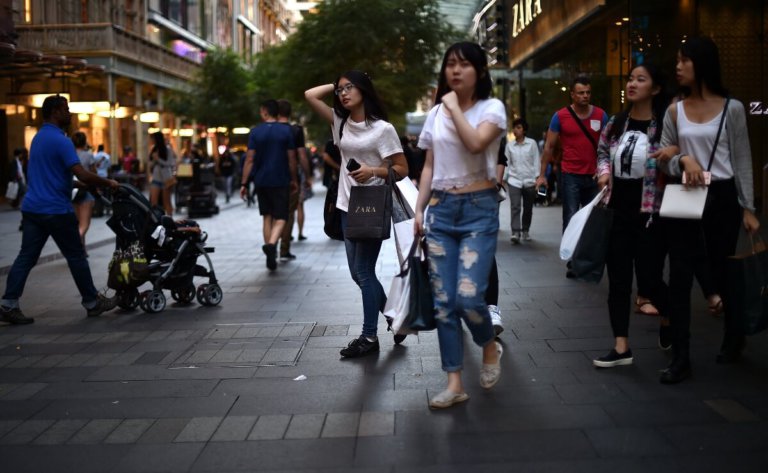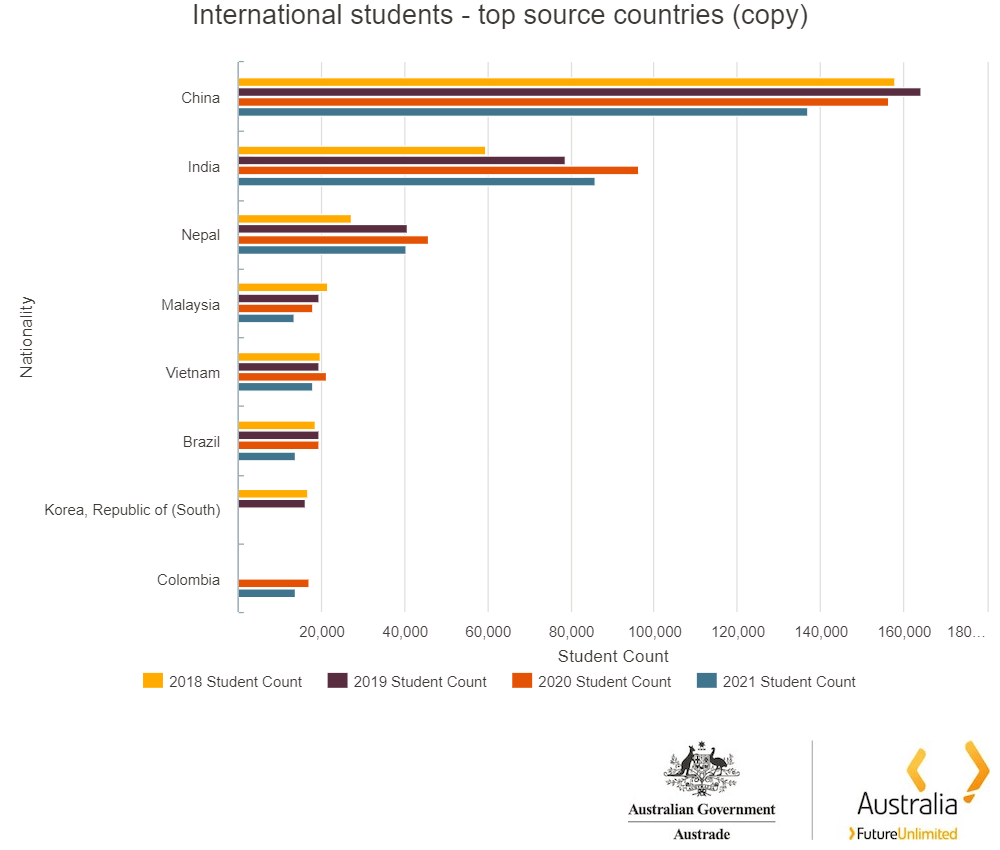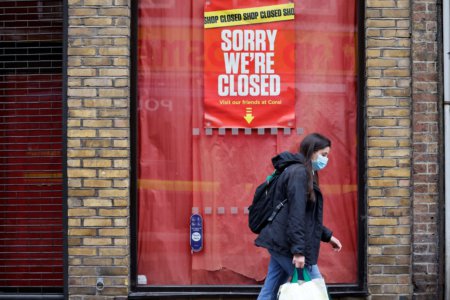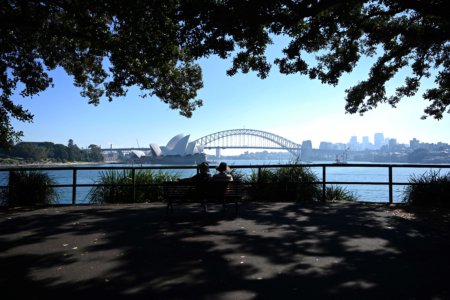
Australia’s international borders will likely remain shut well into 2022. Finance Minister Simon Birmingham said Australians will not be able to travel abroad until later in 2022, which meant Australia’s international borders would likely remain shut well into next year. Despite vaccine rollouts, the world is still grappling with outbreaks and new mutant strains, further increasing uncertainties about border reopenings.
“We recognise that if Australians want to be kept safe and secure … and given uncertainties that exist not just in the speed of the vaccine rollout but also the extent of its effectiveness to different variants of COVID-19, the duration of its longevity and effectiveness, these are all considerations that mean we won’t be seeing borders flung open at the start of next year with great ease,” Birmingham told The Australian via news.com.au.
He was speaking ahead of the federal budget which will be handed down on Tuesday. “I think people appreciate, as we come to the point of delivering this year’s budget, it’s delivered against a global landscape of even greater uncertainty than existed a few months ago when we commenced the framing of it. The ferocity of recent COVID-19 outbreaks, the uncertainty in many countries around vaccine rollouts, all create an environment in which, although Australia’s enjoying very high levels of business and consumer confidence, there’s a fragility that underpins all of that.”
In March, Australian Minister for Education and Youth Alan Tudge said he is “increasingly hopeful” that most international students could return to Australian universities by Semester 1 of 2022 with vaccine rollouts underway. “Since the beginning of the pandemic we have followed the health advice from Australian medical experts, and while I would like to provide certainty and predict a time at which we can welcome back international students in large numbers, I hope you all recognise that the unpredictability of this virus just does not allow me – or anyone else for that matter – to make guarantees,” he was quoted saying. Tudge said, “there is still the opportunity to bring students back in small, phased pilots.”
Closure of international borders affect student enrolments and commencements

Closure of international borders has affected international student enrolments and commencements.
Source: Australia Trade and Investment Commission
Australia’s international borders have been closed to all non-citizens and non-residents on March 20, 2020. Since the pandemic unfolded, there have been fewer international student enrolment and commencement at Australian universities, according to new government data. The Department of Education, Skills and Employment’s year to date (YTD) February 2021 international student data found that total international student enrolments decreased by 16.8% while commencements decreased by 37.9%.
All sectors experienced declines in commencements and VET was the only sector that experienced growth in enrolments (up 0.3%). The top 25 markets by enrolments all experienced decreases, with China, India and Nepal accounting for half (54.6%) of all enrolments. In 2020, Australia had 582,696 international students; in 2021, the figure is 483,484.
As of February 2021, there were 78,798 commencements and 507,828 enrolments while the figures were 126,812 and 610,329 respectively in the same period last year. Commencements refer to new enrolments. “Under the current unprecedented conditions an enrolment does not confirm if a student was in Australia at the time of reporting,” notes the government.
The government data’s monthly summary report notes that as of February, Australia’s international students come from five countries — China, India, Nepal, Vietnam and Colombia — constituting 61% of Australia’s international students.










